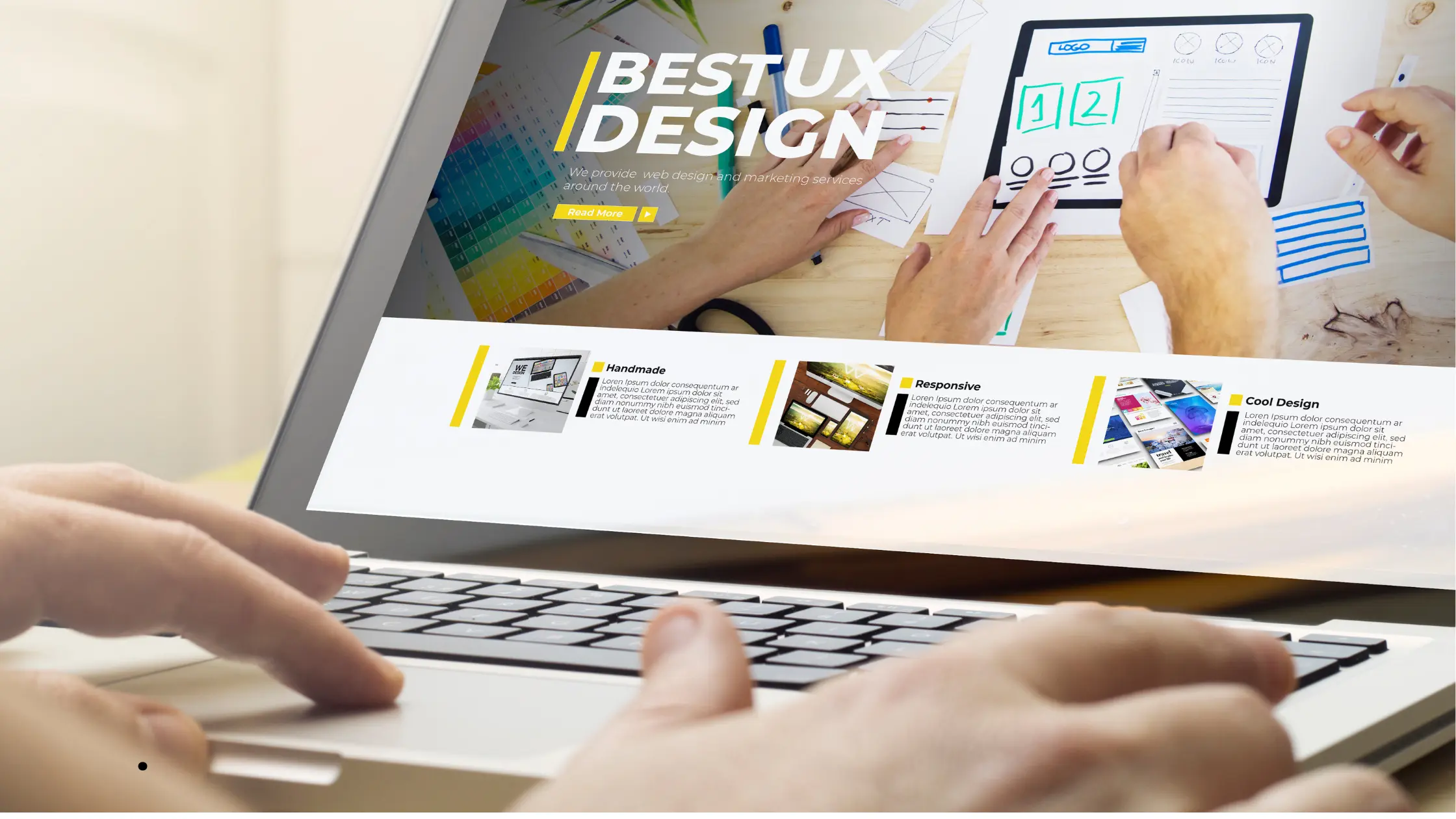Learn how The Psychology of Color in Web Design can increase user engagement, encourage conversions, and enhance your brand image.
Introduction
In the world of web design, color plays a major role in how users perceive your brand, navigate your site, and make decisions. It’s not just about aesthetics; choosing the right color can affect how users think, what they do, and even whether they trust your site. Understanding the psychology of color allows you to leverage the emotional power of color to enhance the user experience and increase conversions. Effective Tips on Using Color to Influence User Behavior and Create an Eye-Catching, SEO-Friendly Website.

Why Color Matters in Web Design
Color is one of the first things people see when they land on your website. Studies show that up to 90% of product orders are influenced by color alone, making color an important factor in website design. A good color scheme can:
Set the tone for your brand image Improve navigation and overall user experience.
- Set the tone for the identity of your brand.
- Establish a sentimental bond with users.
- Point users in the direction of important CTAs.
- Improve the user experience by making the navigation simple to utilise.
The Psychology Behind Common Colors in Web Design
1. Red – Urgency, Excitement, and Passion
Red is an emotional color that immediately grabs attention. It’s often associated with urgency, excitement, and passion, making it a popular choice for CTAs, sales banners, and deadlines. However, too much red can be overwhelming, so it’s best used in moderation.
2. Blue – Trust, Calm, and Professionalism
Blue is one of the most popular colors in web design, and for good reason. It’s ideal for financial, medical, and technology websites, instilling a sense of trust, patience, and security. Blue is also a safe bet for building professionalism and confidence.
3. Green – Growth, Balance, and Harmony
Green’s association with nature, balance, and health makes it the color of choice for brands focused on the environment, sustainability, or health. It’s also associated with wealth, making it a go-to choice for financial websites.
4. Yellow – Optimism, Happiness, and Attention
Yellow is a bright, happy color that brings happiness and hope. However, using too much yellow can have a serious impact on vision. It is best used in web design to mark important announcements, promotions, or key points.
5. Black – Elegance, Sophistication, and Power
Black is a tough, sophisticated color often associated with luxury and elegance. It’s perfect for high-end brands that aim to be unique and relevant. When combined with a minimalist design, black can give your website a clean, premium look.
6. White – Simplicity, Purity, and Cleanliness
White is a great colour for backdrops and white space since it is minimalist and simple. It enhances the legibility of the information and allows other colours to stand out.
How to choose colors for website branding
Selecting the ideal colours for your website is about more than just taste. You should think about a number of things:
1. Know Your Target Audience
The way that various demographics respond to colour varies. For instance, younger audiences could favour vivid, striking colours, whereas elderly audiences might feel more at ease with subdued, muted hues.
2. Align with Brand Identity
Your brand’s personality and essential principles should be reflected in your colour scheme. Darker hues, such as deep blue or black, might be more appropriate for a luxury brand than vibrant or whimsical ones.
3. Use Complementary Color Schemes
Complementary or comparable colors can be combined to produce a harmonious and eye-catching design. You may make harmonious colour schemes with the aid of programmers like Adobe Color.
4. Test and Optimize Colors
After selecting a color scheme, do A/B tests to see how well it works. To see how different colours impact click-through rates and conversions, experiment with different colors for your call-to-action buttons.
Conclusion: The Psychology of Color in Web Design
The psychology of colour in web design is a potent instrument that can affect users’ perceptions, feelings, and actions in general. You may greatly increase user engagement and boost conversion rates by selecting colours that speak to your target market and complement the message of your brand. Remember that every colour has a distinct meaning and affective influence, so choose your colours carefully.
Prioritise results by testing colour selections, comprehending your target audience, and optimising. Your website can become a more dependable, efficient, and friendly online environment with the appropriate colour scheme.
Reference Links
- The Impact of Color in Marketing
- Color Psychology in Web Design
- Choosing the Right Colors for Your Website
- The Science of Color Psychology
Check out some related topics:



